 |
|
||||||
|
 |
|||||||||
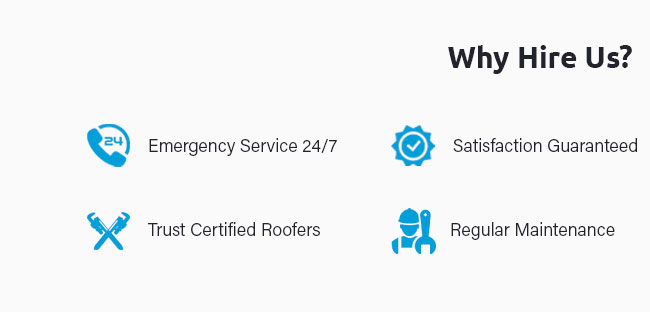 |
 |
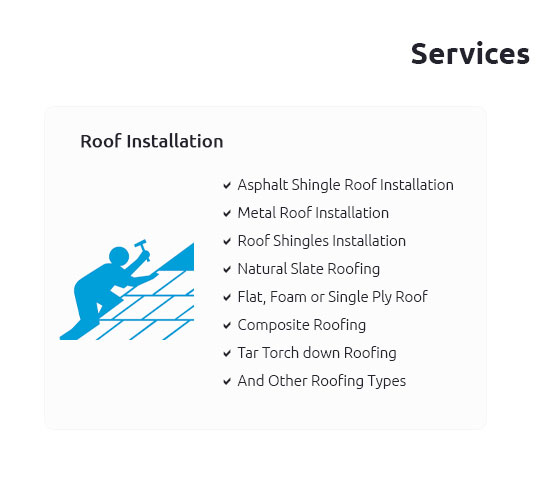 |
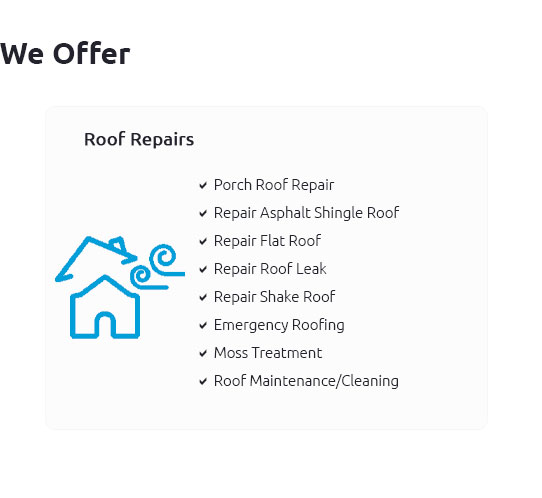 |
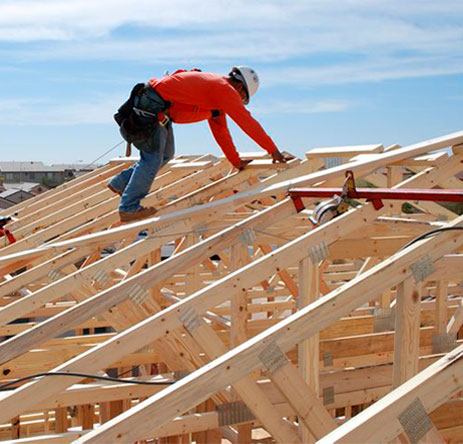 |
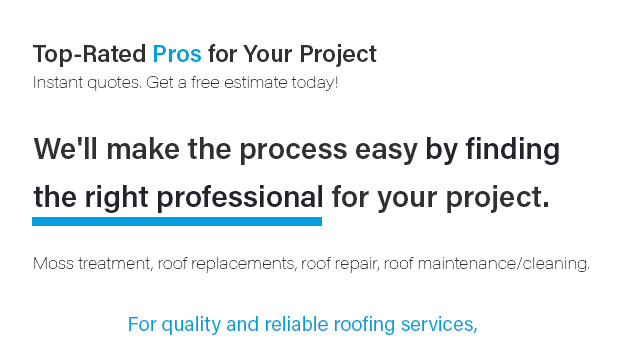 |
 |
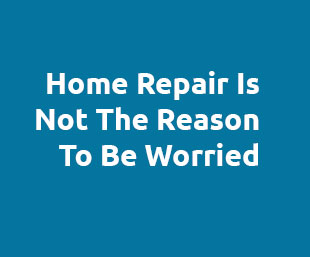 |
 |
|
|
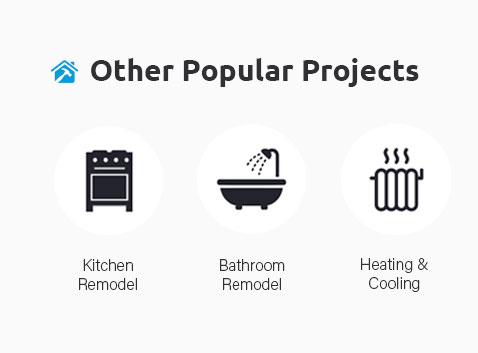 |
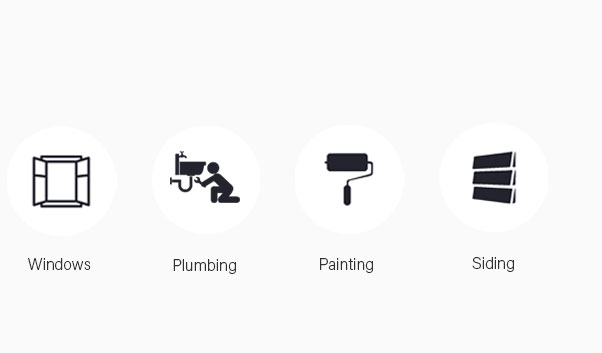 |
 |
 |
|
dab3yjk1ud Replacing Roof Screws: A Comprehensive GuideReplacing roof screws is a vital maintenance task that ensures the longevity and safety of your roof. This guide will walk you through the process, highlighting key considerations and answering frequently asked questions. Understanding the Need for ReplacementRoof screws are crucial in securing roofing materials. Over time, they may corrode or become loose, leading to leaks and potential damage. Regular inspection and timely replacement can prevent costly repairs. Signs It's Time to Replace
Tools and Materials RequiredBefore beginning the replacement process, gather the necessary tools and materials to ensure a smooth workflow.
Step-by-Step Replacement Process1. InspectionBegin by inspecting your roof for damaged or missing screws. This step will help you determine the number of screws needed and identify any areas that require additional attention. 2. Removal of Old ScrewsCarefully remove the old screws using a drill. Ensure that you do not damage the roofing material during this process. 3. Installation of New ScrewsInsert the new screws into the pre-drilled holes, ensuring they are securely fastened. Be cautious not to over-tighten, as this could damage the roofing material. 4. SealingApply sealant around the screws to prevent water penetration. This step is crucial for maintaining the integrity of your roof. If you find the process challenging, consider seeking professional help. Experts in roof replacement in Tampa, FL can ensure the job is done correctly. Maintenance Tips
Frequently Asked QuestionsHow often should roof screws be replaced?It's recommended to inspect roof screws annually and replace them as needed based on their condition. Typically, they may need replacement every 10-15 years. Can I replace roof screws myself?Yes, with the right tools and safety precautions, you can replace roof screws yourself. However, if you're unsure, hiring a professional is advisable. What type of screws should I use?Use screws specifically designed for roofing, which are typically made from galvanized steel or stainless steel to resist corrosion. Are there alternatives to screw replacement?If screws are loose but not damaged, tightening them may suffice. However, replacement is necessary if they are corroded or broken. What should I do if I notice a leak after replacing screws?Ensure that all screws are properly sealed. If the issue persists, consulting a professional for roof repair in Dumfries, VA might be necessary. https://www.reddit.com/r/AusRenovation/comments/184ygol/do_i_need_to_replace_the_screws/
I live near the ocean, I had all of my roofing screws replaced as they were rusty like yours. My roofing guy had them powder coated, ... https://www.rpsmetalroofing.com/how-to-replace-metal-roofing-screws/
To replace your metal roofing screws, simply follow these steps: 1. Note your roof pattern. Corrugated panels are usually secured together using screws, ...
|







